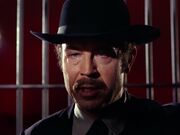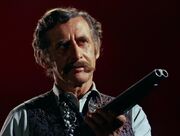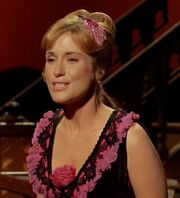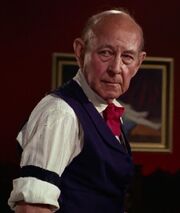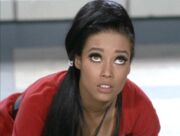This has got to be about the most fucked up thing I have ever seen in my life. A 1969 Japanese film directed by Teruo Ishii, it starts out with the protagonist in an insane asylum…then he escapes and meets a circus girl who shares a strange past with him, until she’s weirdly knifed…then he sees his picture in the paper, but it’s not really him, but some guy who just died…so, naturally, he digs up the corpse, put on the grave clothes, and takes the guys place, sleeping with his wife and mistress…till the wife dies…and he goes off to this island where his web-fingered father has collected monstrosities, keeping his wife in a cave where she eats crabs off the corpse of her dead lover…and then the detective solves everything, except for the fact that the protagonist has committed incest with his sister…so her throws himself on top of fireworks and in the end we see his severed body parts falling out of the skywhile he and his sister/wife shout “Mother! Mother!”
And no, I haven’t even come close to describing how weird it is. It sounds like an art movie, obviously, and it’s got a lot of arty touches; much of the movement, especially of the insane web-fingered father, seems like it must be taken from traditional Japanese drama. But it’s also got pulpy exploitation instincts; as I mentioned, there’s a detective savior right out of the pulps, and the twisty suspense plot keeps trying to pry itself out of the aesthetic morass. It’s weird to say about a Japanese film, but it’s so Freudian; the family seems like this inescapable twisted mound of flesh, that is constantly being forgotten and constantly consuming; passion is all turned inward, and every character seems more or less constantly engaged in stumbling upon various primal scenes. The detective who supposedly solves all with lucid rationality at the end actually only casts a harsher light on the ongoing perversions. The main character never so much develops a personality or a past as he is husked out, revealed to be nothing but a pallid vessel for other family members psychodrama.
What’s maybe weirdest, though, is that it reamains banned in Japan. I mean, yes, there’s some bare breasts and some disturbing imagery and it’s affecting — but it’s hardly X-rated. Why ban this and not Tetsuo the Iron Man?
Ah, well…I can’t really understand my own culture; guess there’s no reason why I should understand theirs.



